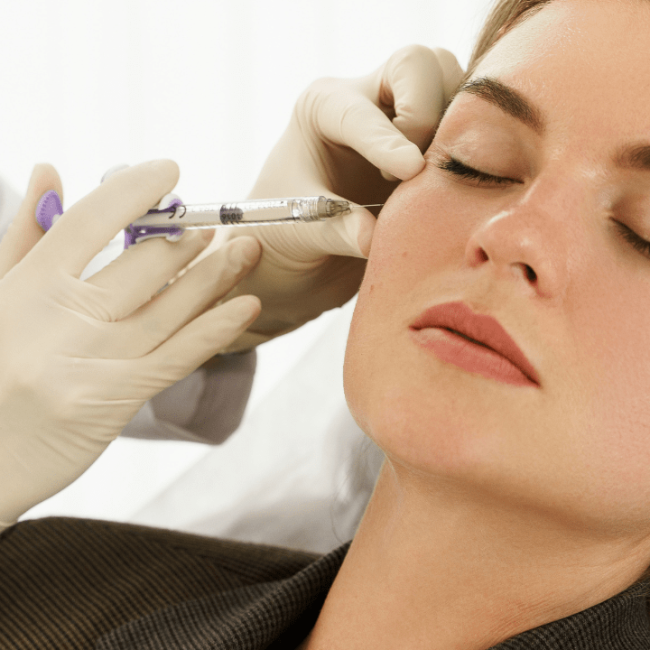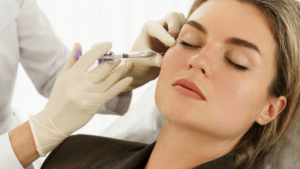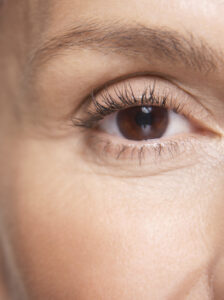Hey there! So, you’ve taken the plunge into the world of dermal fillers, huh? Maybe you’re loving your plumper lips or those smoothed-out wrinkles. But there’s probably one question nagging at the back of your mind: “What’s going to happen when these fillers wear off?”
First things first, take a deep breath. We’ve got you covered!
Look, we know it can be a bit nerve-wracking to think about your fabulous new look fading away. But here’s the deal: dermal fillers are like that perfect vacation – amazing while it lasts, but not permanent. And you know what? That’s actually a good thing!
In this guide, we’re going to walk you through everything you need to know about what happens when your fillers start to wear off. We’ll chat about how long different types of fillers last, what you can expect to see in the mirror as they fade, and how to keep that youthful glow going.
So grab a cup of coffee (or a glass of wine, we won’t judge), get comfy, and let’s dive into the world of dermal fillers – from fab to fade and back again!
How Long Do Dermal Fillers Last?
Different Types of Fillers
- Hyaluronic Acid Fillers: These are among the most popular and typically last between 6 to 18 months. Brands like Juvederm and Restylane fall into this category.
- Calcium Hydroxylapatite (Radiesse): These fillers generally have a longer lifespan, often up to a year or more.
- Poly-L-lactic Acid (Sculptra): Known for stimulating collagen production, this type can last over two years but requires multiple treatment sessions.
A study by Bergeret-Galley et al. (2001) confirms the varying longevity of different fillers:
The lifespan of fillers varies significantly depending on their composition. For example, HA fillers last around 6 to 18 months, while poly-L-lactic acid fillers can last over two years, stimulating collagen production over time.”
Factors Affecting Longevity
Several factors influence how long your dermal fillers will last:
- Metabolism: Individuals with faster metabolisms tend to break down fillers more quickly.
- Lifestyle: Habits such as smoking, sun exposure, and hydration levels can impact filler longevity.
- Treated Area: Areas with high mobility, like the lips, may see fillers wear off faster.
- Product Formulation: The specific formulation and filler brand also affect how long the results last.
What to Expect as Dermal Fillers Fade
Gradual Reduction in Volume
Recent research by Wollina & Goldman (2023) supports this gradual breakdown process:
“Dermal fillers, particularly hyaluronic acid-based fillers, gradually break down over time due to natural enzymatic processes in the skin. Endogenous hyaluronidase helps digest the filler material, allowing for a slow reduction in volume, ensuring that the skin transitions smoothly without sudden changes.”
Return to Pre-Treatment Appearance
Ballin et al. (2015) confirm this in their study:
“HA-based fillers, in particular, do not stretch or damage the skin long-term but instead restore the original contour once the filler has worn off. This offers a temporary enhancement without long-term changes.”
No Long-Term Changes
Signs Your Dermal Fillers Are Wearing Off
- Loss of Volume or Contour: The initial signs of fillers wearing off include a loss of volume in treated areas. Lips, cheeks, and under-eye regions will gradually return to their original shape.
- Wrinkles or Fine Lines Reappear: Over time, the wrinkles or lines that were temporarily filled may slowly become visible again, indicating the filler is fading.
- Less Hydration in the Skin: Hyaluronic acid fillers not only add volume but also hydrate the skin.
As the filler diminishes, you might notice a reduction in this hydrating effect, leaving the skin feeling less moisturised.
Can You Prevent Fillers from Wearing Off?
Lifestyle Changes
Certain habits can help prolong the longevity of your fillers:
- Stay Hydrated: Drinking plenty of water helps maintain skin elasticity and hydration.
- Avoid Excessive Sun Exposure: UV rays can accelerate the breakdown of fillers.
- No Smoking: Smoking can speed up the degradation process of filler materials.
Maintenance Treatments
As noted by Bergeret-Galley et al. (2001):
“Maintenance treatments can extend the effects, but eventually, all fillers are metabolized by the body.”

What Should You Do When Dermal Fillers Wear Off?
Re-Treatment Options
Alternative Procedures
Several other procedures can complement or even replace dermal fillers:
- Laser Treatments: Improves skin tone and reduces fine lines.
- Chemical Peels: Enhances skin texture and addresses superficial concerns.
Final Thoughts
References
- Wollina, U., & Goldman, A. (2023). Dermal fillers: Facts and controversies. Clinics in Dermatology, 41(1), 156-162. https://www.sciencedirect.com/science/article/abs/pii/S0738081X22001468
- Ballin, A. C., Cazzaniga, A., & Brandt, F. S. (2015). Long-term efficacy, safety and durability of Juvéderm® XC. Clinical, Cosmetic and Investigational Dermatology, 8, 437. https://www.ncbi.nlm.nih.gov/pmc/articles/PMC4544260/
- Bergeret-Galley, C., Latouche, X., & Illouz, Y. G. (2001). The value of a new filler material in corrective and cosmetic surgery: DermaLive and DermaDeep. Aesthetic Plastic Surgery, 25(4), 249-255. https://link.springer.com/article/10.1007/s002660010139
Commonly Asked Questions
Will my skin look worse than before after fillers wear off?
How quickly do fillers wear off?
Can I speed up the process if I don't like the results?
Will I need more filler each time to maintain the same effect?
Lorem ipsum dolor sit amet, consectetur adipiscing elit. Ut elit tellus, luctus nec ullamcorper mattis, pulvinar dapibus leo.




















